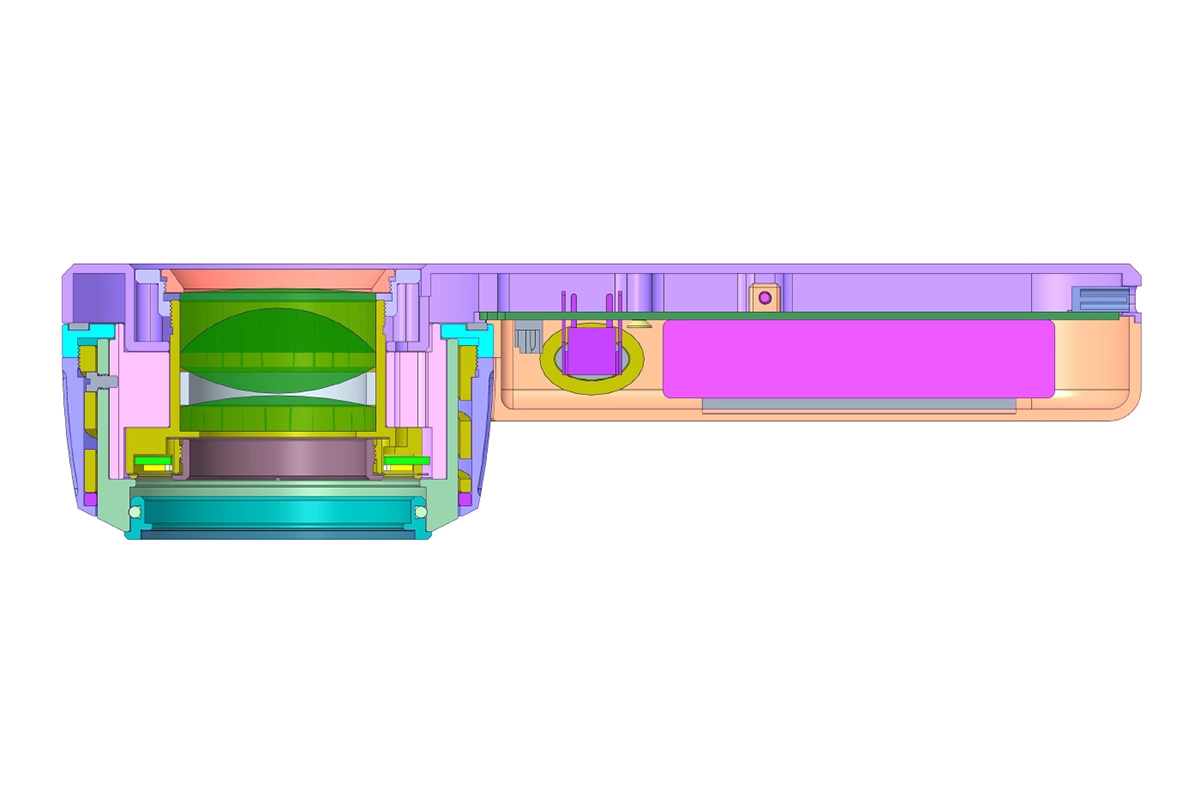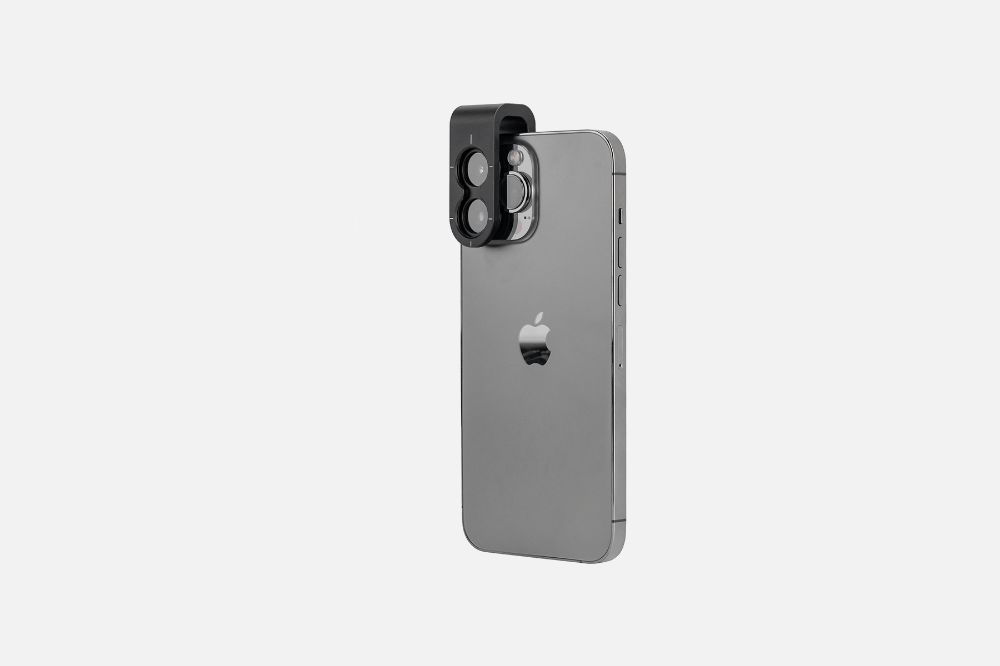Article
How to Choose Reliable Dermatoscope Suppliers for 2025: A Complete Buyer’s Guide
What Is a Dermatoscope and Why Is It Important? A dermatoscope is a specialized handheld device that combines magnification and illumination to examine skin lesions with remarkable clarity. This powerful tool allows dermatologists and healthcare professionals to visualize subsurface skin structures that are otherwise invisible to the naked eye, significantly improving diagnostic accuracy. Modern dermatoscopes…
What Is a Dermatoscope and Why Is It Important?
A dermatoscope is a specialized handheld device that combines magnification and illumination to examine skin lesions with remarkable clarity. This powerful tool allows dermatologists and healthcare professionals to visualize subsurface skin structures that are otherwise invisible to the naked eye, significantly improving diagnostic accuracy.
Modern dermatoscopes typically feature:
- Magnification capabilities (usually 10x) for detailed examination
- Polarized or non-polarized lighting to reduce surface glare
- Brightness adjustment in advance models
- Digital imaging features in advanced models
The primary purpose of dermatoscopy is early detection of skin cancer, particularly melanoma, which can be life-saving when caught in its initial stages. Beyond oncology, dermatoscopes are invaluable for evaluating various skin conditions including psoriasis, eczema, warts, and fungal infections. Studies show that dermatoscopy improves diagnostic accuracy by 20-30% compared to naked-eye examination alone, while reducing unnecessary biopsies by up to 50%.
With the rise of teledermatology, high-quality dermatoscopes have become even more essential, enabling remote consultations and second opinions. The market now offers several types of dermatoscopes to suit different needs:
- Traditional handheld models for clinical use
- USB-connected devices for digital documentation
- Smartphone-compatible dermatoscopes like those from IBOOLO, which combine portability with excellent imaging quality

How to Choose a Reliable Dermatoscope Supplier: 6 Essential Tips
1. Why Should Optical Quality Be Your Top Priority?
Superior optics are the foundation of any effective dermatoscope. Look for suppliers that use high-quality lenses capable of providing sharp, distortion-free images with accurate color reproduction. IBOOLO, for example, manufactures its dermatoscopes in dust-free workshops with ultra wave cleaning machines and automatic assembly to ensure optical precision. The DE-4100 PRO model features multi-coated lenses that minimize glare while maximizing light transmission for clearer visualization of skin structures.
2. What Warranty and Support Policies Matter Most?
A reliable supplier stands behind their products with comprehensive warranties and responsive customer service. IBOOLO offers a 2-year warranty on all dermatoscopes, along with a 7-day no-questions-asked return policy. Their customer support team responds within 24 hours and provides 24/7 quotation services, giving buyers peace of mind.
3. How Can You Verify Manufacturing Transparency?
Reputable suppliers openly share information about their production facilities and quality control processes. Look for companies that:
- Maintain clean-room manufacturing environments
- Use automated precision assembly
- Provide detailed product specifications
- Offer customization options
4. Does the Supplier Offer a Comprehensive Product Range?
A diverse product lineup indicates expertise in the field. IBOOLO provides various dermatoscope models (DE-3100, DE-400, etc.), Woods lamps, and adapters to suit different clinical needs and budgets. They also offer logo printing and custom optical solutions for large orders.
5. What Pricing and Shipping Policies Are Most Favorable?
While quality should never be compromised for price, competitive pricing with transparent policies is important. IBOOLO combines affordability with free international shipping and a 10% discount for new customers, making professional-grade dermatoscopy accessible worldwide.
6. How Important Are Customer Reviews and Feedback?
Independent reviews provide invaluable insights into real-world product performance and supplier reliability. Research multiple sources including:
- Medical equipment review sites
- Dermatology forums
- E-commerce platform ratings
- Peer recommendations
Where Are Dermatoscopes Used? Key Application Scenarios
1. Clinical Dermatology Practices
In professional dermatology clinics, high-end dermatoscopes like IBOOLO’s DE-4100 PRO are used daily for skin cancer screenings and lesion monitoring. The polarized lighting helps differentiate between benign and malignant growths, while the ergonomic design reduces hand fatigue during extended use.
2. Teledermatology Consultations
Smartphone-compatible dermatoscopes enable remote skin assessments, particularly valuable in rural areas with limited specialist access. The IBOOLO adapters create standardized images that can be securely shared with consulting dermatologists.
3. Medical Education and Training
Teaching hospitals use dermatoscopes to train students in pattern recognition. IBOOLO’s affordable models allow institutions to equip multiple students without compromising quality.
4. Cosmetic Dermatology Clinics
Practitioners evaluate pigmentation disorders, hair follicles, and cosmetic procedure outcomes with dermatoscopes. The non-polarized mode is particularly useful for assessing surface textures in aesthetic treatments.
5. Personal Skin Health Monitoring
With proper training, patients can use consumer-friendly dermatoscopes to track moles between professional exams. IBOOLO’s clear instructions and support materials make home monitoring safer and more effective.
Frequently Asked Questions About Dermatoscopes
What’s the difference between polarized and non-polarized dermatoscopes?
Polarized dermatoscopes reduce surface glare to visualize deeper skin structures, while non-polarized models show superficial features more clearly. Many professionals prefer hybrid systems that offer both modes.
Can I use a dermatoscope with my smartphone?
Yes! IBOOLO specializes in smartphone-compatible dermatoscopes that transform your phone into a powerful skin examination tool. Their adapters ensure proper alignment and consistent image quality.
Are dermatoscopes only for dermatologists?
No. General practitioners, pediatricians, oncologists, and even veterinarians use dermatoscopes. With proper training, even medically knowledgeable individuals can benefit from home models.
How do I clean and maintain my dermatoscope?
Use alcohol wipes for the lens and housing after each patient. Store in a protective case, and avoid extreme temperatures. IBOOLO provides detailed maintenance guides with each purchase.
Is it safe to use a dermatoscope at home?
For monitoring known lesions between professional exams—yes, with proper training. However, home use shouldn’t replace regular dermatologist visits. IBOOLO’s consumer models include educational materials for safe use.
Choosing the right dermatoscope supplier requires careful consideration of optical quality, manufacturing standards, and customer support. IBOOLO exemplifies reliability through its precision-engineered devices, industry-leading 2-year warranty, and commitment to sustainable practices (including 100% recycled packaging). Their combination of professional-grade quality at accessible price points makes them a standout choice for 2025.
When investing in a dermatoscope, prioritize suppliers that demonstrate expertise through comprehensive product ranges, transparent policies, and positive user feedback. Whether you’re a dermatologist needing clinic-grade equipment or a patient seeking reliable home monitoring tools, selecting a trustworthy partner like IBOOLO ensures you get devices that enhance diagnostic confidence while standing the test of time.






















